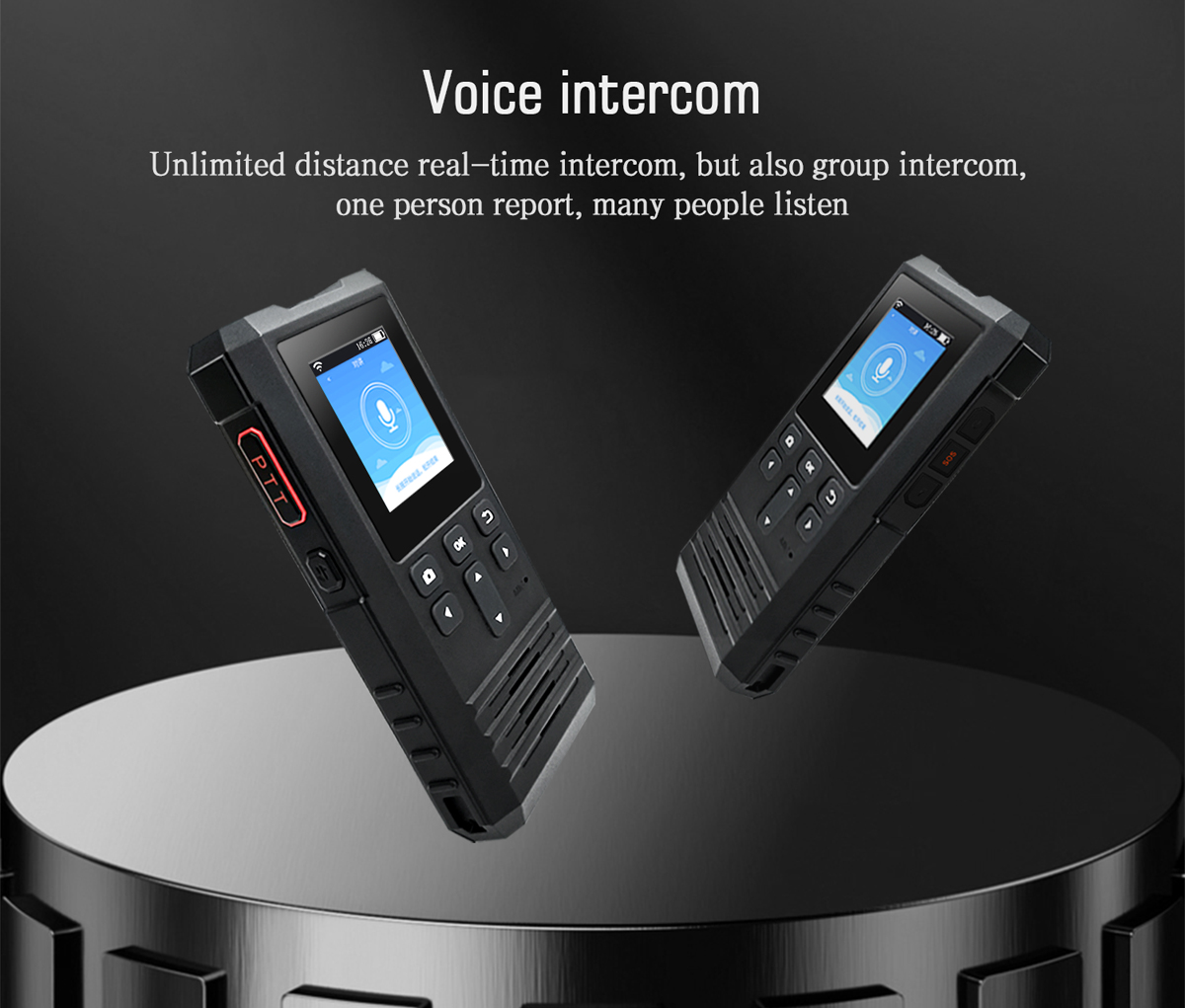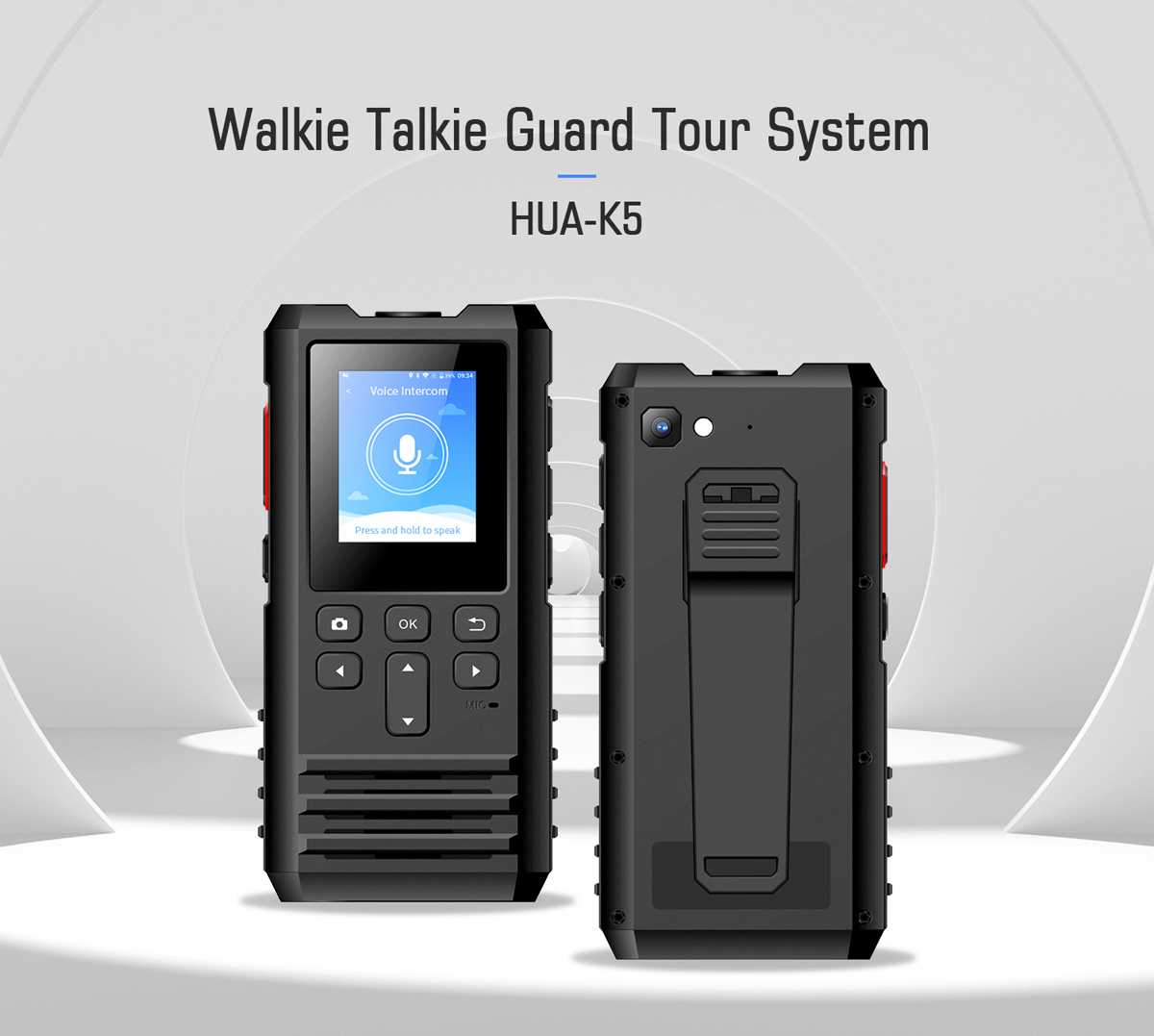

Access control gate systems are designed to provide security, but their behaviour must shift from restrictive to facilitating in an emergency. This is where emergency override functions become a critical safeguard. This feature allows gates (turnstiles, swing gates, or full-height gates) to automatically unlock through fire alarm integration, power outage triggers, or manual override buttons. In extensive facilities, this feature ensures a smooth evacuation process. Systems configured with appropriate override capabilities also comply with local fire and safety codes, such as NFPA 101 or the IBC for the US market. This makes their design and integration an option and a legal obligation.
Modern access gate control systems support a variety of emergency override mechanisms. These mechanisms include fail-safe locks that automatically unlock when power is lost, and relay signals from fire detection panels. High-end systems may use battery backup or integrate with building management systems (BMS) to provide tiered failover options. In environments such as airports or data centres, override solutions must be frequently tested to ensure they are ready. Some systems are also equipped with emergency glass break devices, which immediately trigger the unlocking mechanism when the glass breaks, providing users with intuitive, visible access.
Despite their critical importance, implementing emergency override mechanisms in access control systems can still present technical and operational challenges. For example, ensuring seamless communication between fire control panels and access controllers requires compatibility and precise wiring. Inadequate planning can result in delayed unlocking or system errors in real emergencies. Additionally, facilities must strike a balance between security and safety—override protocols that are too lax can expose vulnerabilities, while overly strict protocols can hinder evacuation. Maintenance also plays a key role; override components such as solenoids, sensors, and control boards must be tested regularly to avoid system failures at critical moments.

There are several best practices to follow when designing a reliable emergency override function in an access gate control system. First, fail-safe logic must always be integrated into the door actuator to ensure that the door unlocks in the event of a power outage or an emergency is detected. Second, ensure compliance with local safety and fire regulations. Third, redundancy features in the system should be incorporated, such as backup power and multiple trigger paths (manual and automatic). High traffic areas should also consider installing audio-visual emergency indicators, such as LED strobe lights or warning buzzers. Every installation should be fully commissioned and tested to verify override response capabilities.
The application of emergency override functions varies by department. In hospitals, override protocols must be able to move patients and staff quickly while maintaining safety at the ward level. In industrial areas, gates must be opened in case of a hazardous material leak or explosion. Meanwhile, fire drills and real-time responses depend heavily on synchronized overrides across multiple entry points in commercial office buildings. Intelligent access control systems for government buildings often include a multi-layered override solution that combines biometric authentication deactivation with physical access unlocking. Each department explains how overrides can be customized to fit operational workflows, compliance needs, and risk profiles.

Emergency overrides in access gate control systems are more than just a backup feature; they are essential to any facility’s life safety strategy. A sound override solution enhances security by enabling rapid evacuation, ensuring compliance, and minimizing operational disruptions. Reliable operation.